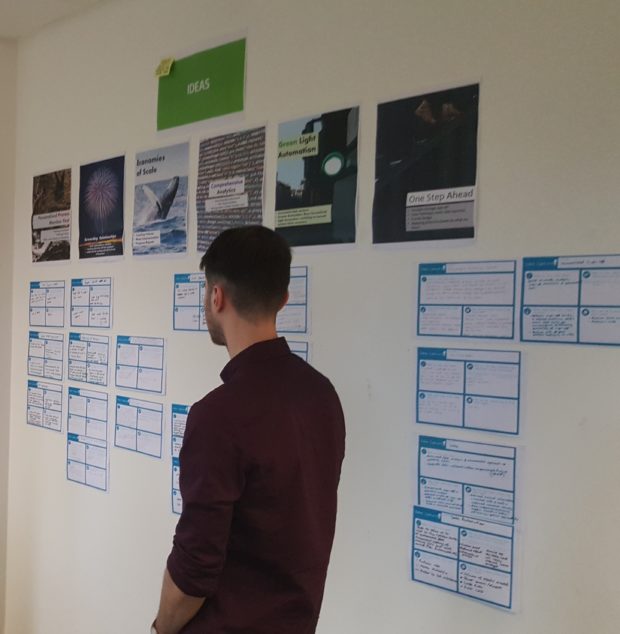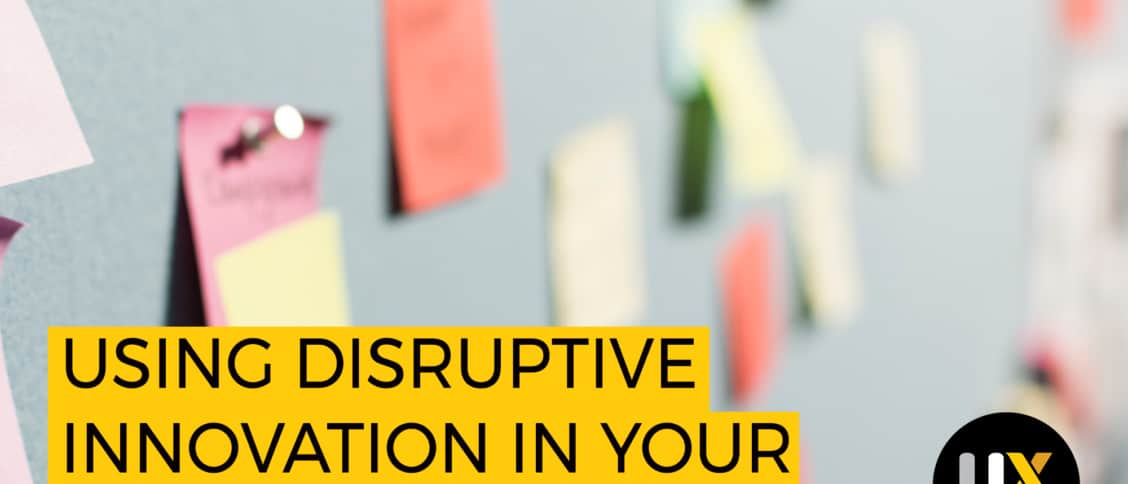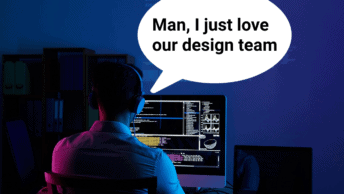Have you ever been in a rut with your design process?
Maybe you’re churning out the same solutions to every problem.
Or you just can’t nail the way forward for your product.
To move ahead, you probably need to find a new perspective. At Standard Life, we realised we needed new ways of working to keep our competitive edge. This meant building a culture of innovation from the ground up.
One of the ways we keep the ideas flowing and the approaches fresh is through innovation sprints.
An innovation sprint is a 1-2 week workshop, where a cross-functional team explores a problem from new angles, comes up with new ideas, then iteratively prototypes and tests them.
The first part of our innovation sprint is ideation. We use immersive insights and assumption-busting to kick-start the design process. This helps the team challenge assumptions about the product, its users, and generate new ideas.

If you’re lucky enough to be coming to Mobile UX London 2017, we’ll walk you through these techniques IRL in our workshop – we hope to see you there!
If you can’t make it, fear not. Here’s how to you can run your own immersive insights and assumption-busting workshops to spark your team’s collective imagination.
Immersive insights
Immersive insights are about immersing your team in examples of innovative or unexpected ways of solving challenges related to the problem you are working on.
These examples should be drawn from outside your industry.
To prepare: Research insights in advance of the workshop.
Involve your team, by asking them to do their own research and send you insights. Print out the insights (an image and a short description of the problem solved) and place them around the room where your workshop will take place.
During the workshop: Spend time discussing each insight, and how it could be applied to your problem. Record all ideas on post-it notes.
Assumption-busting
Challenge your team to think in a different way by asking them to list their assumptions about your product or users. Then consider what it would be like if these assumptions were untrue.
During the workshop:
- Ask everyone in your team to share their assumptions about the problem. For example: “Users don’t like to regularly review their finances.” Record these on post-it notes.
- Go through each assumption and ask: “If this wasn’t true, what would the world look like?” For example, “If users liked regularly reviewing their finances, how could we serve them better? What could we do to make it easier for them to review their finances regularly?”
- Record all new ideas on post-it notes.
Bringing the two techniques together
You can use a combination of immersive insights an assumption-busting in the same workshop to generate new ideas to test.
Depending on the scope of your problem, set aside between 2 hours and half a day in a design workshop setting.

Here are the steps to follow in your workshop:
- Once you’ve recorded your immersive insights and assumption-busters, stick them all up on wall or whiteboard.
- If you come up with a large number of ideas, group similar ideas together and assign headings.
- Rate the ideas – our favourite way to rate ideas is through dot voting, where each team member is given a number of sticky dots (3 or 5 for example) that represent their votes. They can spend all their dots on one idea or vote for multiple ideas.
- Take the top 5 rated ideas, and consider the easiest and cheapest way to test them (paper prototypes, A/B tests, guerrilla testing). Testing early will allow you to throw away non-viable ideas and focus on the ones with potential.
And there you have it, the first step towards a new perspective.
We hope to see you at our Mobile UX London workshop on 10 November.
Mobile UX London combines expert speakers with compelling topics to deliver a day of focused opportunities for learning and networking through quality presentations and practical workshops.
Last minute tickets are still available at mobileuxlondon.com
 Tsvetelina Valcheva joined Standard Life in 2014 with a background in telecommunications and financial services. She now works for an internal consultancy within Standard Life designing websites for clients. She also looks after the institutional clients’ external website. Previously she worked on Standard Life’s direct customers online servicing team, and before that – its mobile app for customers. Follow Tsvetelina at @LinaValcheva.
Tsvetelina Valcheva joined Standard Life in 2014 with a background in telecommunications and financial services. She now works for an internal consultancy within Standard Life designing websites for clients. She also looks after the institutional clients’ external website. Previously she worked on Standard Life’s direct customers online servicing team, and before that – its mobile app for customers. Follow Tsvetelina at @LinaValcheva.
 Matthew Dickson joined Standard Life in 2015 from a startup in London, attaining a place on Standard Life’s sales and marketing graduate scheme. Passionate about exploring the vast opportunities in the financial industry, it led to him helping to create the Business Innovation Team – solely focused on implementing new ways of working around the business to ensure Standard Life is primed to tackle existing business problems, but is also geared towards being a major disrupter in the industry.
Matthew Dickson joined Standard Life in 2015 from a startup in London, attaining a place on Standard Life’s sales and marketing graduate scheme. Passionate about exploring the vast opportunities in the financial industry, it led to him helping to create the Business Innovation Team – solely focused on implementing new ways of working around the business to ensure Standard Life is primed to tackle existing business problems, but is also geared towards being a major disrupter in the industry.





